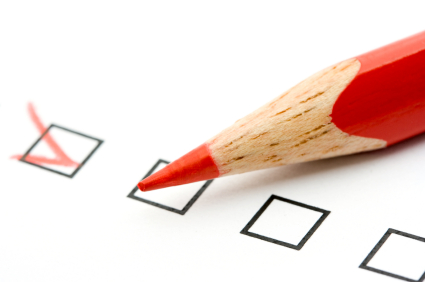June 28, 2012 •Brian Watson


The results are in: ebilling and online payment is booming.
The 2011 Fiserv Billing Household Study reports that 73 percent of online households paid at least one bill using a web-based payment channel in the last month. Those findings help underscore the notion that many revenue cycle pros already hold: the web-enabled EBPP model is quickly becoming a too-critical-to-avoid payment channel.
In a prior blog post, we discussed how an EBPP portal can help enhance and accelerate self-pay revenue. And while a portal-based online payment approach does have some significant built-in advantages that help streamline service practices, accelerate payment, and improve the customer payment experience, it’s also not for everyone.
Some consumers simply won’t be interested in completing a lengthy portal sign-up process for a bill they view as a one-time expense. This is especially true for healthcare, where patients often view treatment in a vacuum. For example, a patient who visits an emergency room (but otherwise has little relationship with a hospital) might not be eager to spend time on a multi-step registration. And the costs can be detrimental too. Especially for smaller practices, who often can’t justify the expense of a full-blown EBPP portal but want the speed and impact of online payment all the same.
Fortunately, that’s just where quick pay online payment software can help. If you’re ready to test the online billing and payment waters, but aren’t set to jump in feet first, here are five reasons why an online quick payment solution might be the way to go:
1). A Simple Online Payment Channel. A process as important as revenue collection requires multiple channels. And patients agree. According to Fiserv, nearly two-thirds of consumers think it’s important or very important for service providers to offer multiple billing and payment options. A quick pay website allows you to move to an ebilling model but without the cost or complexity of a full patient portal. Or blend quick pay with a full portal to account for the different ways patients use online billing and payment, ensuring your online payment channel is operating at peak performance.
2). Hassle-Free Payment. Some patients aren’t prepared to go through a lengthy registration and login process to pay a one-time bill. Quick pay online payment software encourages that behavior, enabling secure credit card payments to be made online without a login.
3). Full statement Integration. Although eStatements and online payment is an attractive option for many patients, a majority still prefer traditional statements. A quick payment option is the ideal bridge from paper bills to the speed and automation provided by online payment. Best-in-class quick pay solutions enable a personalized URL link and password to be printed on each statement that redirects users to a secure payment website populated with individual data from your statement file.
4). One-click Payment, Processing and Posting. Once patients arrive at an online payment website, they simply login with a personalized password or other transaction data from the statement, enter credit card or ACH payment information, and submit payment. So everything is processed and posted to your checking account in minutes.
5). Lower Cost. Because quick pay ebilling solutions lack the extra features of a full payment portal, costs tend to be lower. In fact, many quick pay solution providers only charge a percentage fee on transactions processed through the system. That, in turn, provides an ideal option for smaller practices and providers using a quick pay channel to supplement a full-fledged payment portal.
To learn more about quick pay online payment (like how it can help you speed self-pay collections and automated key payment tasks), schedule a free EBPP consultation with the patient payment experts at Elite.
Full portal or quick pay? Tell us where you stand (and why).